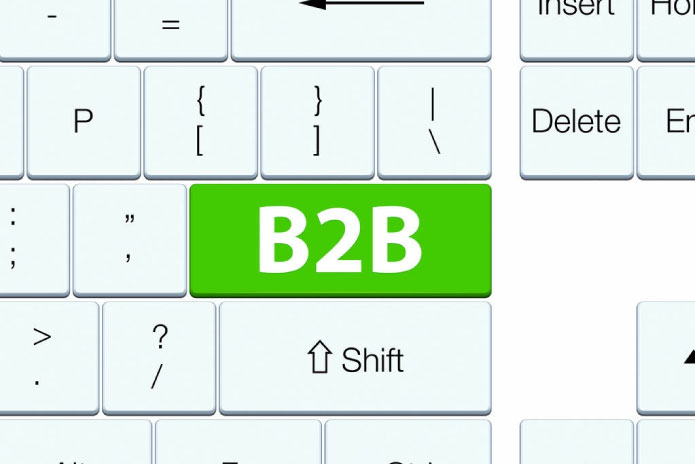The investment market uses an old metaphor to emphasize the importance of asset diversification: don’t put all your eggs in one basket. But to expand this reflection in the B2B universe, I propose another image: imagine the dynamics of a food festival.
In such events, there’s no shortage of options for all tastes: from the most sophisticated and original recipes to dishes designed for audiences with dietary restrictions or specific preferences. To win over different types of attendees, chefs and exhibitors must bet on variety, creativity, and a good dose of strategy to attract the right audience with the right dish on the right channel.
In B2B, the logic is similar. Corporate buyers are seeking solutions to satisfy their business appetite. And faced with an ever-growing menu of products, services, and platforms, it’s essential for brands to know how to present themselves. The multi-network strategy thus works as the curation of this festival. Each social network and marketing channel represents a different booth, with its own language, format, and experience.
Therefore, it is interesting and vital for achieving success—to keep in mind that diversification in the choice of platforms and networks requires well-defined criteria in terms of language and use of available resources. These are the flavors that will win over B2B consumers.
First, this recipe must include the company’s overall objectives, whether it’s increasing revenue or brand authority, or an executive’s influence, for example. Then, starting from a core message, the mission will be to adapt the tone according to each platform’s profile, respecting the characteristics of each one.
These particularities are usually evident. LinkedIn is the primary channel for professional content, lead generation, and engagement with decision-makers: 80% of B2B leads come from it, justifying its prioritization as the central axis of the multi-network strategy. Regarding formats, the platform calls for long-form content, videos, employee interactions, and posts with hashtags and tags.
On the other hand, X (formerly Twitter) is ideal for quick real-time interactions, support, and industry news, with mentions of influencers and timely trends whenever possible. YouTube is recommended for educational videos, case studies, and tutorials, occasionally addressing more intricate topics. Facebook and Instagram work well for targeted campaigns and driving traffic to the company’s website.
A varied menu of networking platforms for B2B interactions is also a way to reduce dependence on any single network. A warning about this risk was highlighted when TikTok—though not a significant B2B platform—went offline in the U.S. earlier this year.
Such occurrences reinforce the need for alternatives to avoid sudden, substantial losses in audience access, in addition to serving as a shield against changes in external rules.
One way to navigate crises like blockages or algorithm changes is real-time monitoring of performance across networks, accompanied by a contingency plan to, if necessary, redirect efforts to other platforms. Most importantly, investing in owned assets—such as a company website—is key, as it is a fully controlled environment and a direct communication channel with customers.
They are more demanding. After all, we live in times of hyper-personalization, with increasingly demanding customers, so B2B relationships must go beyond technical offerings. It’s necessary to create memorable experiences at every touchpoint. And this can only be achieved with data, integration, and flexibility.
A well-built multi-network strategy expands the touchpoints in the consumer journey—this decision-maker who, ultimately, brings B2C selection criteria into the B2B realm. In short, added value and engagement at every interaction, always with consistent messaging, integration, flexibility, and a strong data-driven culture supporting every move.
In summary: whether at a festival or in the corporate market, the secret lies in understanding the audience, offering variety with consistency, and delivering value in every interaction.
So, ready to serve the best of your brand? Because in B2B, the appetite for great experiences is always open, and the one who delivers the best menu wins the customer.


